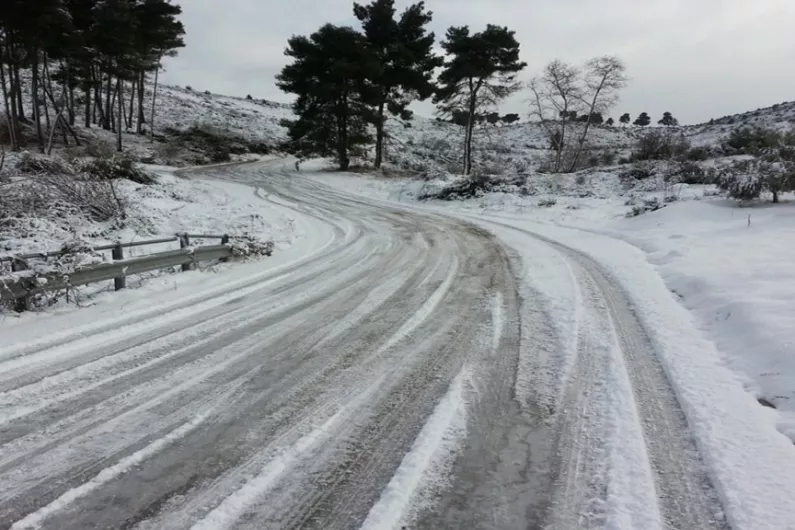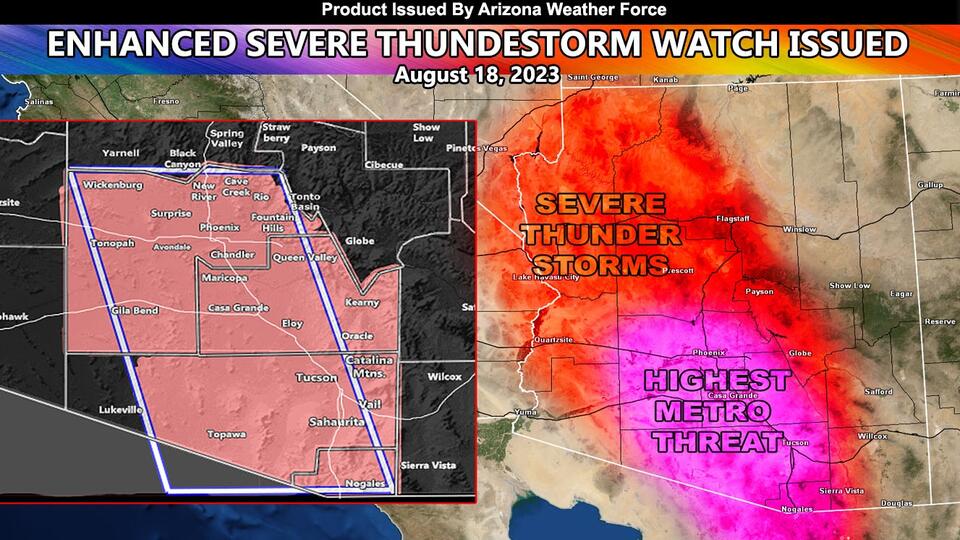Orange snow warnings are no joke, folks. They’re serious alerts that can mean hazardous conditions are on the horizon. If you’ve been hearing about these warnings for 11 counties, it’s time to pay attention. This isn’t just about a little dusting of snow; it’s about staying safe and prepared. Let’s dive in and break down everything you need to know.
When orange snow warnings pop up, it’s like Mother Nature is waving a big red flag, saying, “Hey, listen up!” These warnings are designed to alert people to potential dangers, and they’re not something to ignore. Whether you live in one of the affected counties or are planning to visit, understanding what these warnings mean is crucial.
Before we get into the nitty-gritty, let’s set the stage. Orange snow warnings are part of a broader system used by meteorologists and weather agencies to communicate risks. They’re more than just a heads-up; they’re a call to action. So, buckle up, grab a cup of coffee, and let’s explore what’s going on with these warnings and why they matter.
Read also:Types Of Headlocks A Deep Dive Into The World Of Wrestling And Selfdefense
What Are Orange Snow Warnings?
Let’s start with the basics. Orange snow warnings are part of a color-coded warning system used by meteorologists to indicate the severity of weather conditions. They sit right between yellow (be aware) and red (take action), meaning things are getting serious but haven’t hit the danger zone yet. These warnings are issued when significant snowfall, strong winds, or freezing temperatures are expected, potentially disrupting daily life.
Why Are They Important?
Orange snow warnings aren’t just for show. They’re a critical tool to keep people informed and safe. When these warnings are issued, it’s a sign that conditions could become hazardous, affecting travel, schools, businesses, and even power supplies. Ignoring them could lead to accidents, delays, or worse. It’s all about preparation and awareness.
- Orange warnings indicate moderate to severe weather conditions.
- They help people plan ahead and avoid unnecessary risks.
- They’re a signal to check your supplies, secure your home, and stay updated on weather updates.
Orange Snow Warnings for 11 Counties: The Big Picture
Now, let’s talk specifics. Eleven counties have been placed under orange snow warnings, meaning residents and visitors alike need to be vigilant. Each county might face slightly different conditions, but the overarching message is clear: brace for impact. From heavy snowfall to icy roads, these warnings cover a range of potential threats.
Which Counties Are Affected?
The affected counties span various regions, each with its own unique geography and climate. While I can’t name them all here, it’s essential to check local news or weather apps for the most up-to-date information. These warnings often target areas prone to heavy snowfall or extreme weather patterns, so staying informed is key.
What Causes Orange Snow Warnings?
So, what exactly triggers an orange snow warning? It’s not just about a few flurries. These warnings are issued when specific criteria are met, such as:
- Expected snowfall of 6 inches or more within a 12-hour period.
- Strong winds combining with snow to create whiteout conditions.
- Temperatures dropping below freezing, leading to icy roads and surfaces.
These factors combine to create a perfect storm of hazardous conditions, making it vital for residents to take precautions.
Read also:Cam Rhoden Accident What Really Happened
How to Prepare for Orange Snow Warnings
Preparation is the name of the game when it comes to orange snow warnings. Here’s a quick checklist to help you stay safe:
- Stock up on essentials like food, water, and medications.
- Ensure your car is equipped with a winter emergency kit, including blankets, food, and a shovel.
- Check your home’s heating system and insulation to prevent freezing pipes.
- Stay informed by monitoring local news and weather updates.
Being prepared means you’re ready for whatever Mother Nature throws your way. Trust me, you’ll be thankful you took the time to plan ahead.
Winter Emergency Kit Essentials
Your winter emergency kit should include items like:
- Non-perishable food and water for at least three days.
- Flashlights and batteries.
- Warm clothing and blankets.
- First aid supplies and any necessary medications.
Think of it as your survival kit for snowy chaos. You never know when you might need it.
The Science Behind Snow Warnings
Ever wondered how meteorologists predict snowfall? It’s a fascinating blend of science and technology. They use advanced weather models, satellite imagery, and ground-based observations to forecast conditions. These tools help them determine when and where snow will fall, allowing them to issue warnings with precision.
How Accurate Are Snow Warnings?
While meteorologists have made incredible strides in weather prediction, snow warnings aren’t always 100% accurate. Factors like temperature fluctuations, wind patterns, and geographic variations can affect outcomes. That’s why it’s important to treat warnings as guidelines rather than guarantees. Better safe than sorry, right?
Impact on Daily Life
Orange snow warnings can significantly impact daily routines. Schools may close, businesses might delay openings, and public transportation could be disrupted. It’s all about minimizing risks and ensuring safety for everyone involved. If you’re in one of the affected counties, expect some changes to your usual schedule.
Travel Tips During Orange Snow Warnings
If you must travel during an orange snow warning, here are some tips to keep in mind:
- Check road conditions before heading out.
- Drive slowly and maintain a safe distance from other vehicles.
- Let someone know your route and expected arrival time.
- Carry a charged phone and emergency contacts.
Remember, safety first. If conditions are too dangerous, it’s better to stay home and wait it out.
Historical Context: Past Orange Snow Warnings
Looking back at previous orange snow warnings can provide valuable insights. In recent years, we’ve seen some memorable storms that disrupted entire regions. These events highlight the importance of preparedness and community support. Learning from the past can help us better handle future warnings.
Lessons Learned
One of the biggest takeaways from past warnings is the importance of communication. Clear, timely information can make all the difference. Whether it’s through social media, news outlets, or local alerts, staying connected is key to staying safe.
Community and Support
No one should face an orange snow warning alone. Community support plays a crucial role in weathering storms. From neighbors checking on each other to local organizations providing resources, working together can ease the burden. Reach out to those around you and offer a helping hand if you can.
Final Thoughts
Orange snow warnings for 11 counties are a wake-up call to be prepared and stay informed. Whether you’re a lifelong resident or a visitor, understanding these warnings and taking appropriate action can make a huge difference. Remember, it’s not about fear; it’s about being ready for whatever comes your way.
So, what’s next? Share this article with friends and family who might be affected. Leave a comment with your thoughts or questions. And most importantly, stay safe out there. This isn’t just about surviving the storm; it’s about thriving despite it.
Daftar Isi
- What Are Orange Snow Warnings?
- Why Are They Important?
- Orange Snow Warnings for 11 Counties: The Big Picture
- Which Counties Are Affected?
- What Causes Orange Snow Warnings?
- How to Prepare for Orange Snow Warnings
- Winter Emergency Kit Essentials
- The Science Behind Snow Warnings
- How Accurate Are Snow Warnings?
- Impact on Daily Life
- Travel Tips During Orange Snow Warnings
- Historical Context: Past Orange Snow Warnings
- Lessons Learned
- Community and Support
- Final Thoughts


